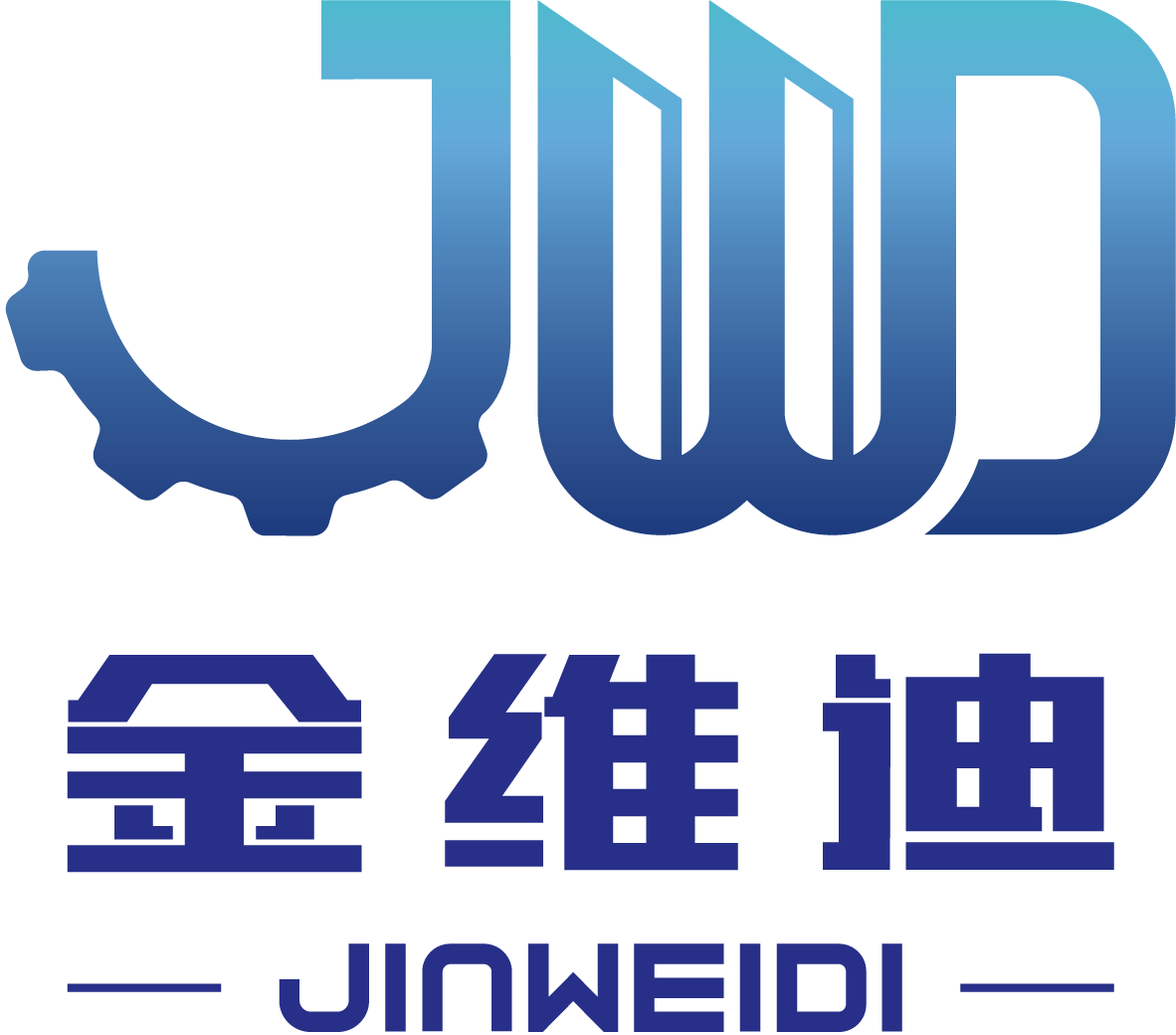Common Mistakes to Avoid When Using Pneumatic Peeling Machines: A Comprehensive Guide
Common Mistakes to Avoid When Using Pneumatic Peeling Machines Pneumatic peeling machines are essential tools in the manufacturing and construction sectors, particularly when working with materials like steel rebar and prestressed concrete. While their efficiency is unmatched, improper use can lead to significant setbacks, including reduced productivity, safety hazards, and equipment damage. In th
Aug 06,2025
Common Mistakes to Avoid When Using Pneumatic Peeling Machines
Pneumatic peeling machines are essential tools in the manufacturing and construction sectors, particularly when working with materials like steel rebar and prestressed concrete. While their efficiency is unmatched, improper use can lead to significant setbacks, including reduced productivity, safety hazards, and equipment damage. In this article, we will explore the common mistakes to avoid when using pneumatic peeling machines and provide actionable advice to enhance your operational strategies.
Table of Contents
- 1. Neglecting Operator Training
- 2. Ignoring Maintenance Protocols
- 3. Incorrect Pressure Settings
- 4. Failing to Use Protective Equipment
- 5. Not Understanding Material Compatibility
- 6. Overlooking Safety Features
- 7. Skipping Pre-Operational Checks
- Conclusion
1. Neglecting Operator Training
One of the most significant mistakes is **neglecting operator training**. A well-trained operator is crucial for the effective use of pneumatic peeling machines. Training should encompass not only the operational aspects but also safety protocols. Operators must understand how to handle the machinery properly and recognize warning signs of potential issues. Regular training sessions can ensure that operators are up-to-date with the latest techniques and safety measures.
Importance of Training Programs
Training programs should include hands-on experience, theoretical knowledge, and assessments to gauge understanding. Engaging operators in continuous education surrounding new technologies and methodologies can significantly enhance work efficiency and safety.
2. Ignoring Maintenance Protocols
Maintenance is vital for the longevity and performance of pneumatic peeling machines. **Ignoring maintenance protocols** can lead to unexpected breakdowns, inefficient operations, and safety hazards. A proper maintenance schedule should be established, including regular inspections, cleaning, and replacing worn-out parts.
Creating a Maintenance Checklist
Developing a comprehensive maintenance checklist can guide operators in performing routine checks. This checklist should cover key components such as air filters, hoses, and safety features. Keeping a log of maintenance activities can help identify patterns and potential issues before they escalate.
3. Incorrect Pressure Settings
Another common mistake is using **incorrect pressure settings**. Pneumatic peeling machines operate effectively within specified pressure ranges. Operating outside these limits can lead to inefficient peeling, increased wear, or even catastrophic failure.
Understanding Manufacturer Specifications
It’s crucial to refer to the manufacturer’s specifications for pressure settings. Operators should be trained to adjust pressure according to the specific material and project requirements. Proper understanding and adjustments can prevent damage to both the machine and the materials being worked on.
4. Failing to Use Protective Equipment
Safety should always be a priority when operating pneumatic peeling machines. **Failing to use protective equipment** can lead to serious injuries. Operators must wear appropriate gear, including gloves, goggles, and hearing protection, to safeguard against potential hazards.
Developing a Safety Culture
Creating a culture of safety within the workplace encourages all staff to prioritize protective measures. Regular safety drills, workshops, and reminders can reinforce the importance of using protective equipment when operating machinery.
5. Not Understanding Material Compatibility
Using pneumatic peeling machines without understanding **material compatibility** can result in ineffective peeling and damage to both the machine and the material. Each material has unique properties that require specific handling techniques.
Researching Material Properties
Before starting a project, operators should research the properties of the materials involved. Understanding factors such as hardness, tensile strength, and surface conditions can guide the appropriate settings and techniques for efficient peeling.
6. Overlooking Safety Features
Modern pneumatic peeling machines come equipped with various **safety features** designed to protect operators and enhance performance. Overlooking these features can lead to accidents and equipment damage.
Familiarization with Safety Features
Operators should be thoroughly familiar with all safety features, including emergency stops, pressure relief valves, and automatic shut-off systems. Regularly testing these features can ensure they function correctly when needed.
7. Skipping Pre-Operational Checks
Skipping **pre-operational checks** can lead to unforeseen issues during operation. These checks are designed to identify potential problems before they escalate, ensuring smooth and safe operation.
Establishing a Pre-Operational Checklist
Creating a pre-operational checklist can help operators ensure that everything is in order before starting work. This checklist should cover essential aspects such as checking for leaks, ensuring all guards are in place, and verifying that the machine is correctly set up for the specific task at hand.
Conclusion
By avoiding these common mistakes when using pneumatic peeling machines, operators can significantly enhance safety, efficiency, and performance in their projects. Regular training, strict adherence to maintenance protocols, and a focus on safety can lead to better outcomes and increased productivity. As with any machinery, understanding the operational nuances and maintaining a proactive approach is essential for success in the manufacturing and construction industries. Always prioritize safety and efficiency, ensuring that your pneumatic peeling machine operates at its best.
PREVIOUS:
Related Posts
Contact Us
E-mail:
jwd_machinery@sina.com
Phone/WhatsApp:
+86 18515871688
Address:
North side of 7th Road, Taocheng North Industrial Park, Hengshui City, Hebei Province, China




